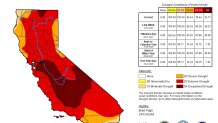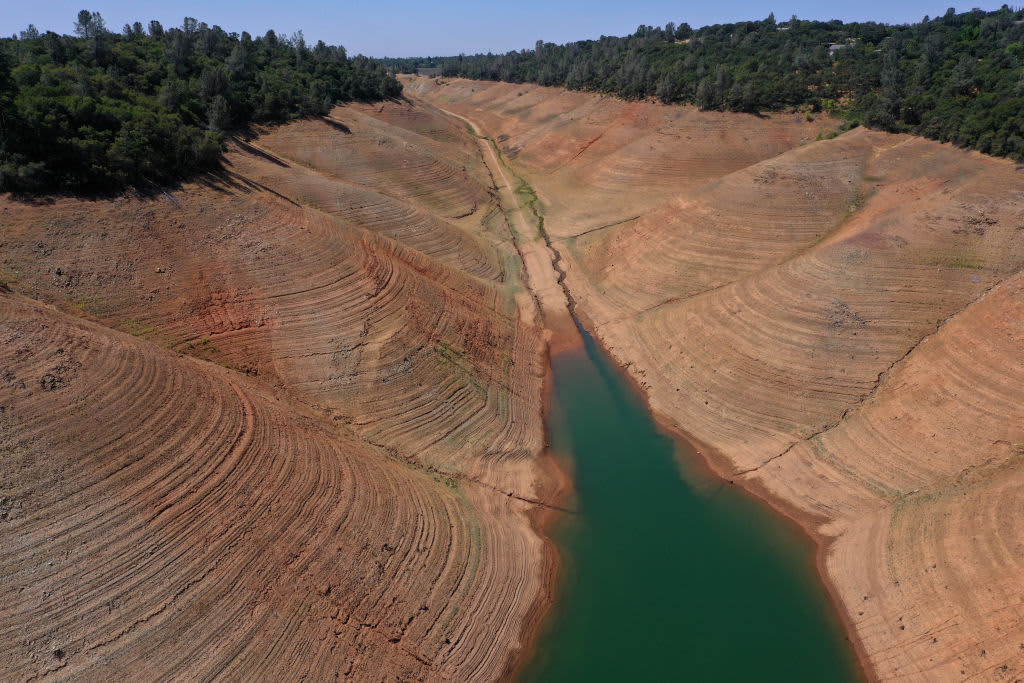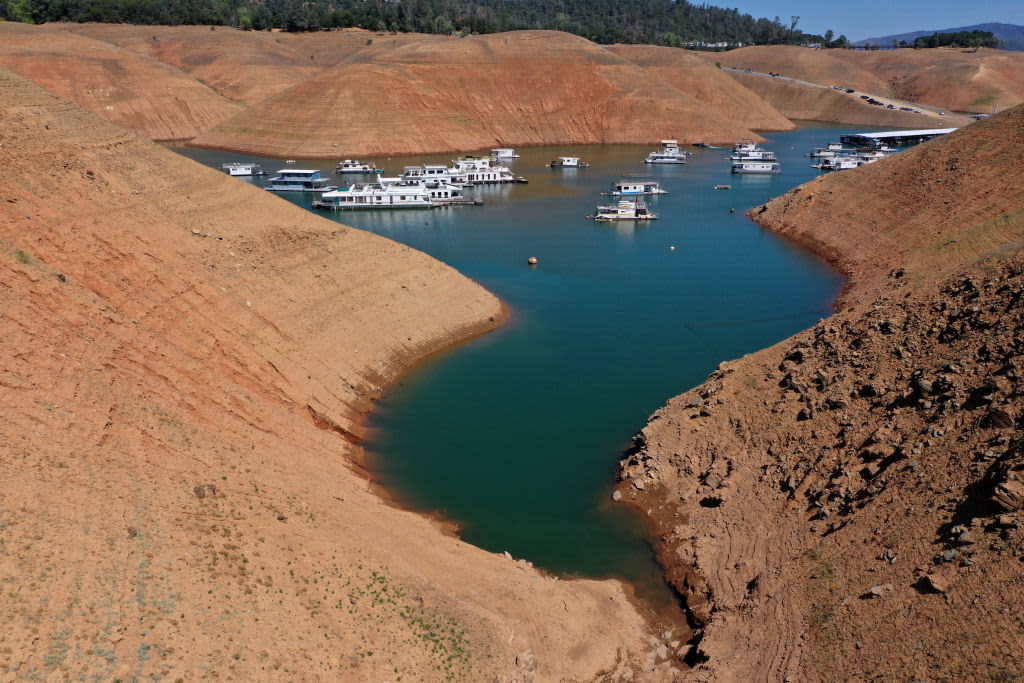All of California remains is some level of drought this week, but conditions improved in the most severe categories after a series of storms.
The report released Thursday shows changes in the two most severe categories of drought. At the start of the water year in October, 46 percent of the state was in exceptional drought. That figure dwindled to 23 percent in the most recent report.

"During early to mid-December, precipitation averaged more than 150 percent of normal across much of California along with western areas of Oregon and Washington," the Drought Monitor statement said. "As a result of December precipitation, a slight decrease in extreme drought (D3) was made to the north of San Francisco."
Get top local stories in San Diego delivered to you every morning. >Sign up for NBC San Diego's News Headlines newsletter.
A holiday week storm brought more rain and snow to California, which could have a beneficial impact on next week's drought report.
Droughts are common in California, where dry spells are often followed by wet winters that replenish the state's critical snowpack and water reservoirs, but conditions this year are hotter and drier than others.
So it's going to take more than a lot of rain and snow to ease drought conditions.
Hot and dry conditions means water evaporates at a faster rate from reservoirs and the sparse Sierra Nevada snowpack that feeds them. The snowpack usually melts in spring or early summer, then that water flows into the state’s vast storage and distribution system.
California has more than 500 reservoirs, which were 50% lower than they should be at the start of June.
These photos show the dramatic impact of the current dry spell at California’s lakes and reservoirs.
California's Mediterranean-style climate means the summers are always dry and the winters are not always wet. The state's reservoirs act as a savings account, storing water in the wet years to help the state survive during the dry ones.
Last year was the third driest on record in terms of precipitation.
State officials were surprised earlier this year when about 500,000 acre feet of water they were expecting to flow into reservoirs never showed up. One acre-foot is enough water to supply up to two households for one year.
About three-quarters of the American West is in what is called a megadrought, with critical waterways like the Colorado River and Rio Grande that supply millions of people and farms expected to have dismally low flows this year.



